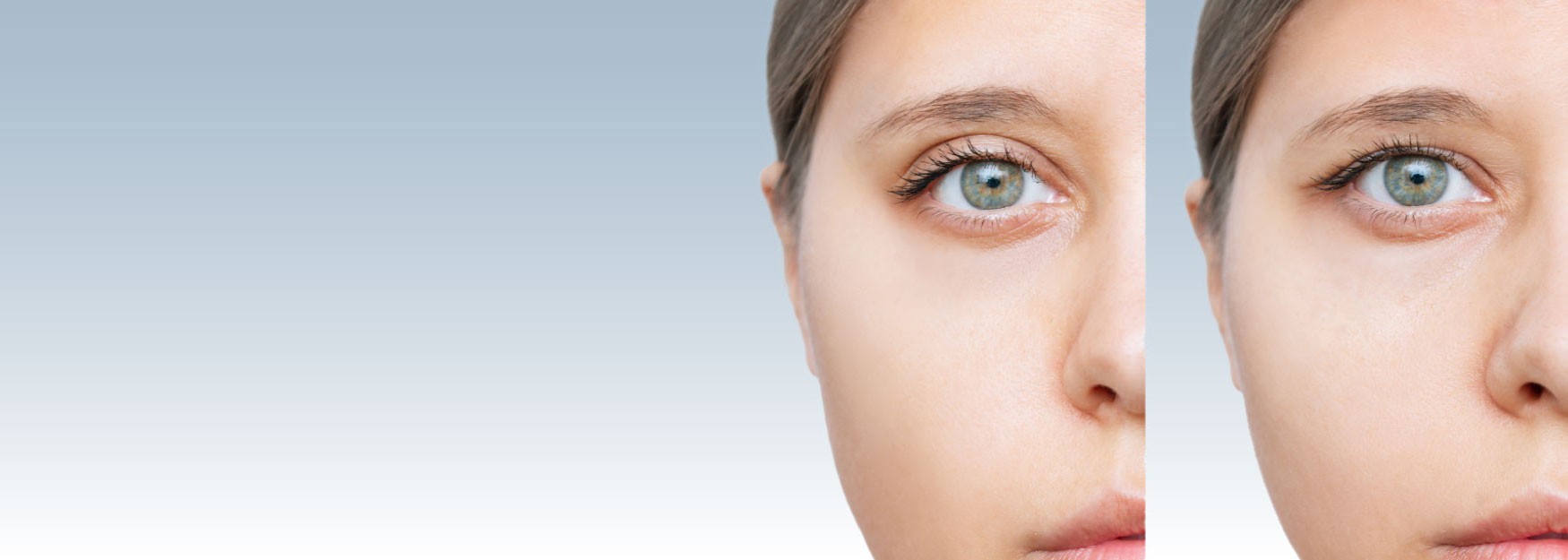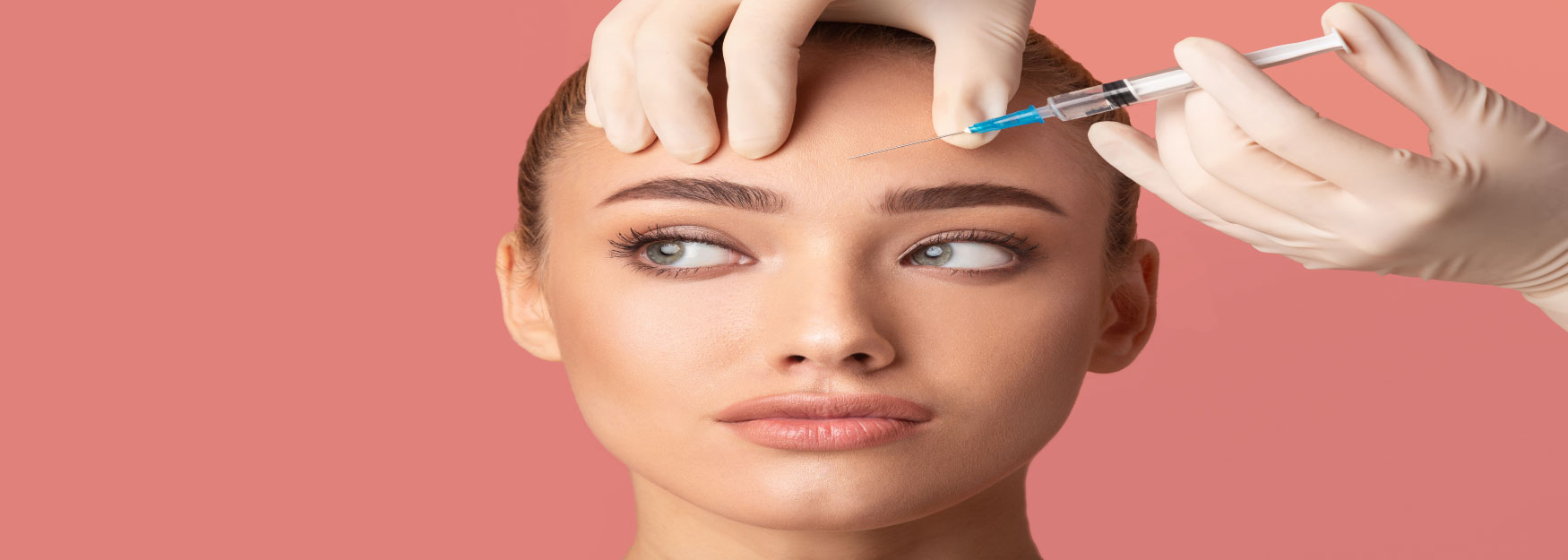Everything You Need to Know about Upneeq
Aging is a natural process that affects everyone. As we age, our body undergoes several changes, and the muscles around our eyes become weak,…
Learn MoreUPNEEQ® (oxymetazoline hydrochloride ophthalmic solution) is an FDA-approved prescription eye drop proven to lift upper eyelids in adults with acquired blepharoptosis (also known as low-lying lids).
Upneeq Directly activates α-adrenergic receptors in Müller’s muscle (a structural muscle that functions to maintain the elevation of the upper eyelid), stimulating contraction and elevation of the upper eyelids in adults with low-lying lids.


“Great service, very clean, professional, and welcoming. Got some fillers, and Botox and got rid off some fat on my waist, doing it for years and love the results, now I have abs without going to the gym.”

Aging is a natural process that affects everyone. As we age, our body undergoes several changes, and the muscles around our eyes become weak,…
Learn More
Aging is a natural process that everyone goes through, but that doesn’t mean we have to sit back and let our skin show signs…
Learn More
Aging is a natural process of life that we all go through. As we age, our skin starts to sag, form wrinkles and fine…
Learn More